 Technology peripherals
Technology peripherals
 AI
AI
 'King Zha' appears! In the era of artificial intelligence, parents must know about this disruptive Python learning!
'King Zha' appears! In the era of artificial intelligence, parents must know about this disruptive Python learning!
'King Zha' appears! In the era of artificial intelligence, parents must know about this disruptive Python learning!
Two days ago, TIOBE announced the latest programming index information for October. Python once again topped the list, with a market share of 14.82%.
In fact, it’s not just October, Python programming has been dominating the rankings for several years, and has won the TIOBE annual programming language throne many times!
TIOBE Programming Index information is an indicator that measures the popularity of programming languages, based on engineers, courses and search engines from around the world.
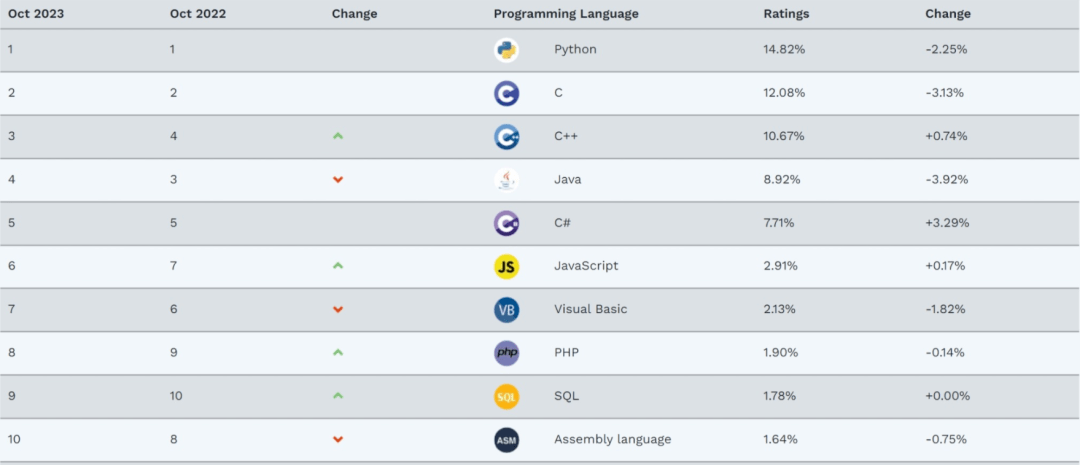 ▲TIOBE October Top 10 list, Python once again topped the list
▲TIOBE October Top 10 list, Python once again topped the list
This is not surprising. With the rapid development of data science and AI fields in recent years, the attention of Python programming, known as the "first language of artificial intelligence", has soared, which can be described as hot. It’s not an exaggeration!
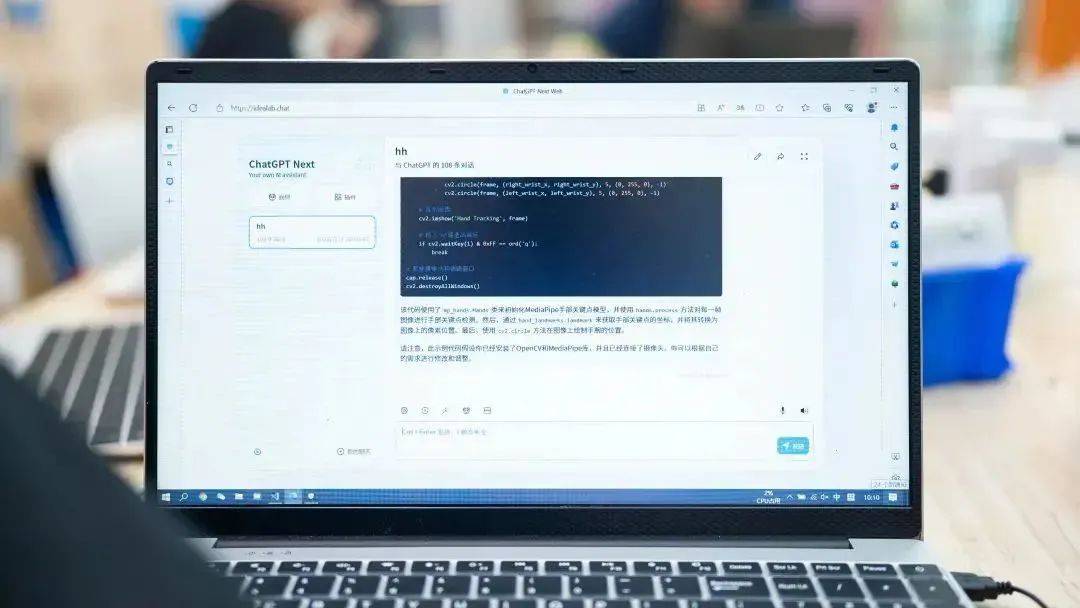
I believe parents have felt this. There are more and more children learning Python programming around , and many children have started learning Python since they were in second or third grade.
However, have you ever thought about these questions:
"Is Python a very simple programming language?"
"Are current Python classes really suitable for children to learn?"
01. Current Python class
Is it really suitable for children to study?
First of all, Python is a purely code-based programming language. Children need to recognize characters and statements, and understand the running logic of the entire program, such as grammar, data structures, functions, modules, etc., in order to complete the writing of a program.
So, To learn Python well, children need to have a certain mathematical foundation, computer skills and logical thinking.
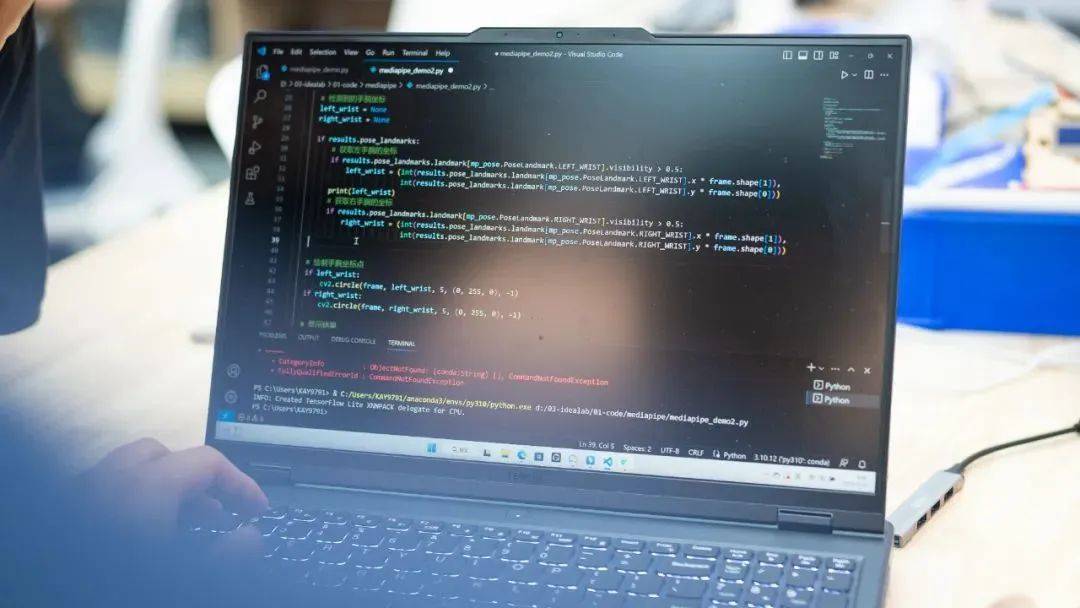
However, the Python courses currently on the market are generally suitable for adults with high levels of mathematics and mature logical thinking. For most children, they are beyond the cognitive level and are not in line with the development characteristics of their age group.
Let me give you an example. In traditional Python classes, the way to teach grammar knowledge points [list] is very abstract , which is difficult for children to understand. They will be confused when they write code later. I feel like I have no idea where to start and how to apply it.
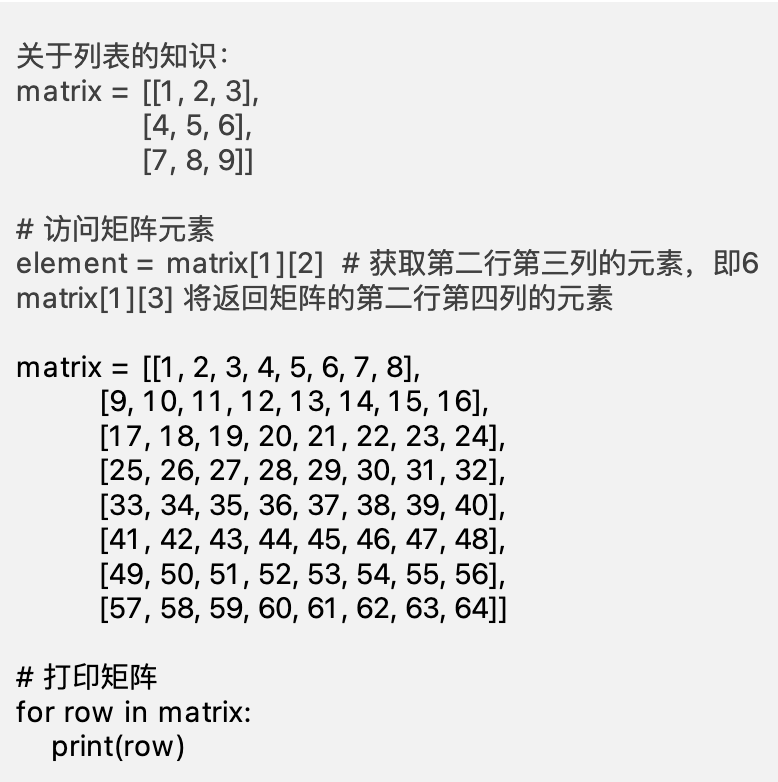 ▲Teaching presentation of knowledge points [list] in traditional Python classes
▲Teaching presentation of knowledge points [list] in traditional Python classes
So, many children were full of interest in programming at first, but due to the abstract teaching method and difficulty in mastering programming knowledge, they slowly lost confidence, which is really a pity!
After discovering these problems, Stan Planet decided:
Do programming classes that understand children better
Carry out subversive Python learning
We combine children's development patterns with front-line teaching experience and feedback to carefully develop a new and upgraded "Artificial Intelligence Python AI" course.
Different from traditional Python programming classes, in Stan Planet Python AI class, we teach Python programming in a way that is consistent with children’s cognitive level, and learn the use of intelligent hardware, software and hardware interaction, making the class become Lively and interesting, stimulate children's interest in learning and unlimited creativity!
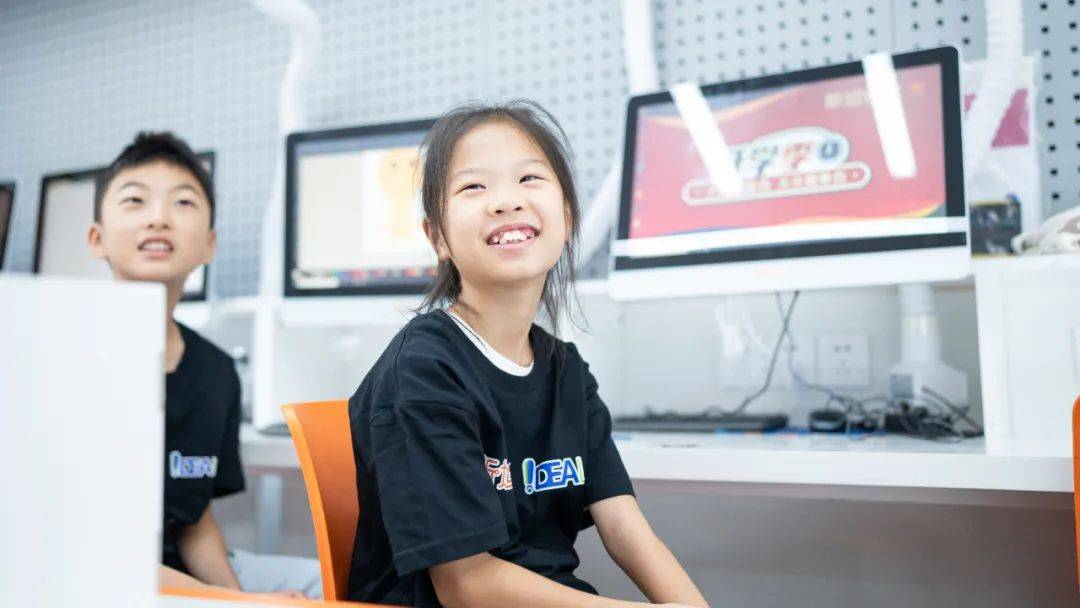
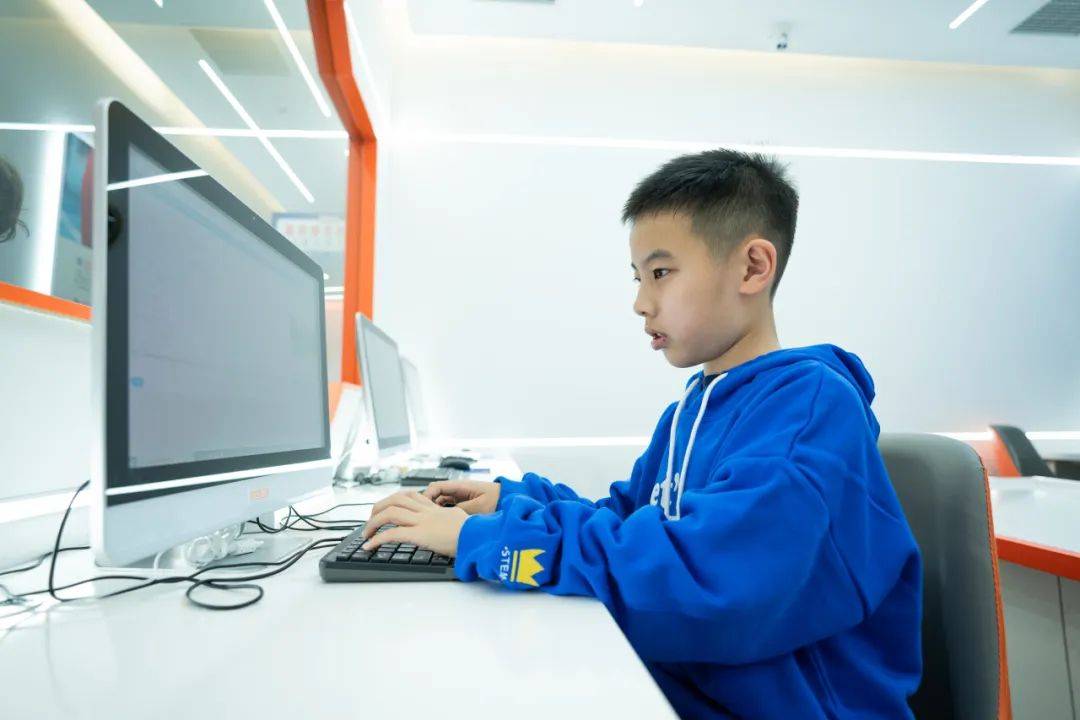
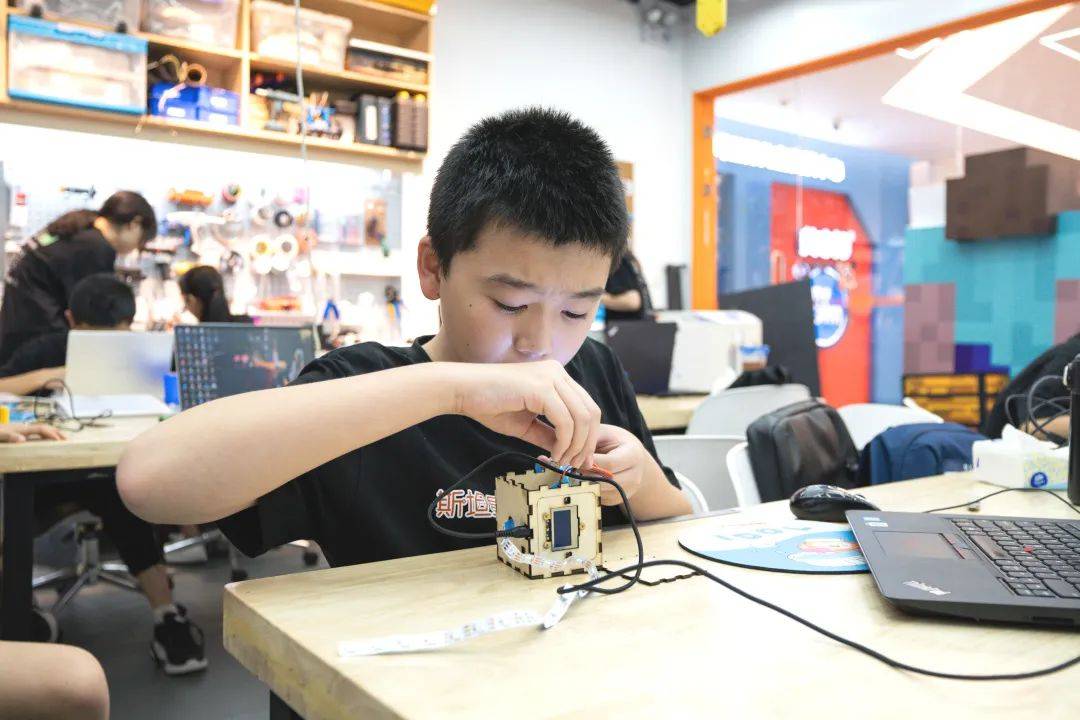
02. How unique is subversive Python learning?
Speaking of subversive Python learning, I believe parents can’t help but wonder:
How unique is the Stan Planet Artificial Intelligence Python AI course?
Why is it said to be a more suitable way for children to learn Python?
Simply speaking, it can be summed up in the following four points:
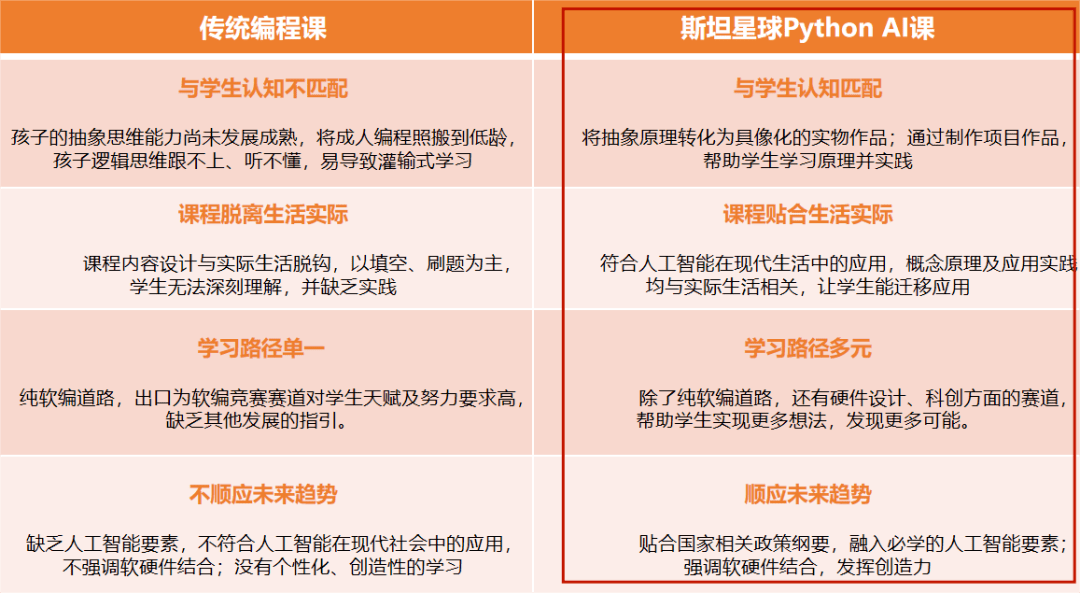
1. Match students’ cognition and make abstract principles concrete
For children, consolidating abstract principles and intuitively seeing the code running effect through hardware feedback can help them better understand Python knowledge and applications.
Take the Python [list] knowledge point mentioned above as an example. Stan Planet abandoned the traditional abstract teaching method, matched the [list] with the physical pixel lights, and integrated the hardware (light board) into the knowledge point. Present.
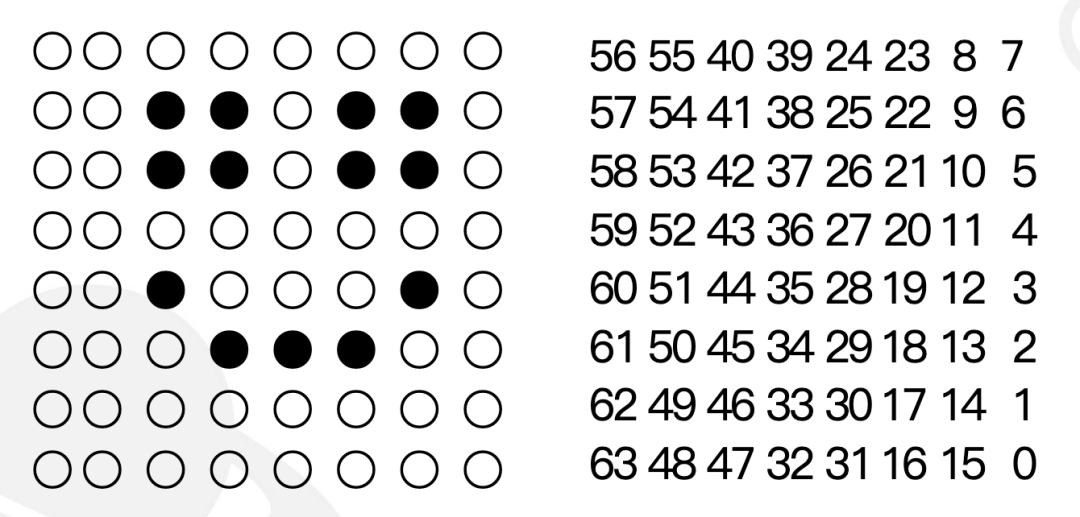
That is to say, the matrix and list-related knowledge matrix are corresponding to the position of the pixel lamp. After the children input the code, there will be a corresponding display on the pixel lamp immediately, which is very clear and clear, allowing the children to quickly grasp the meaning behind it Logic can be adjusted and corrected in time.
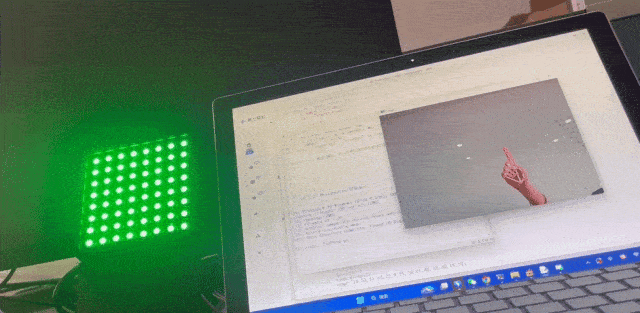 ▲Artificial Intelligence Python AI Course-"Gesture Control Pixel Light"
▲Artificial Intelligence Python AI Course-"Gesture Control Pixel Light"
Another knowledge point [Mapping]: If explained in a traditional way, it refers to the "correspondence" relationship between the elements of two sets of elements. In the field of mathematics, they are often equated with functions, partial mappings are equivalent to partial functions, and complete mappings are equivalent to complete functions.
Teachers can only combine one picture at most when explaining, cannot show the effect, and it is often difficult for children to understand.
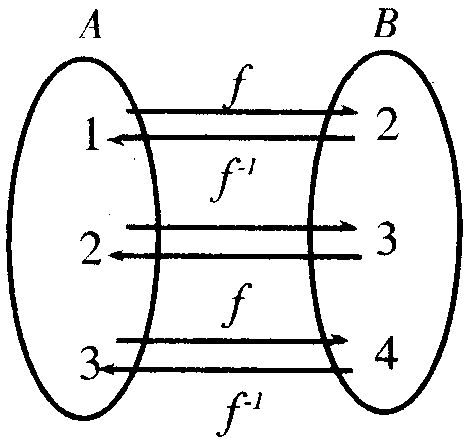 ▲Teaching presentation of knowledge points [mapping] in traditional Python classes
▲Teaching presentation of knowledge points [mapping] in traditional Python classes
In the Stan Planet Python AI class, we help children deeply understand the concept and function of mapping by creating the effect of head-controlled rainbow lights.
Like this Following the shaking amplitude of the head, it is converted into lighting up the rainbow lights one after another. A certain range of angle changes corresponds to a light of one color, allowing the coding to be visualized.
 ▲Artificial Intelligence Python AI Course-"Head Controlled Rainbow Light"
▲Artificial Intelligence Python AI Course-"Head Controlled Rainbow Light"
Not only will children understand it at a glance, but the satisfaction of successfully controlling the hardware will greatly enhance their interest and confidence, making children fall in love with programming learning!
2. The courses are relevant to life, and the PBL project solves practical problems
We found that many programming giants, such as Steve Jobs, etc., in the early stages of programming were to build a game or website project for themselves or their family and friends. In the process of building, they quickly mastered the programming language.
So, The content design of Stan Planet’s Python AI course is related to real life. Through the form of PBL production project works, it helps students learn principles and practices, which is in line with the application of artificial intelligence in modern life.
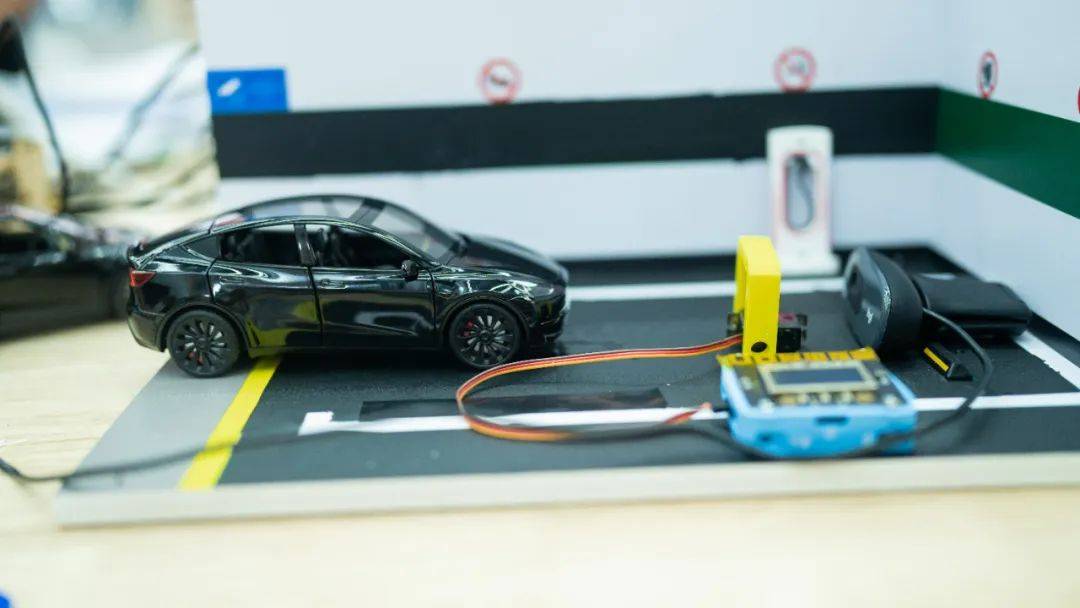
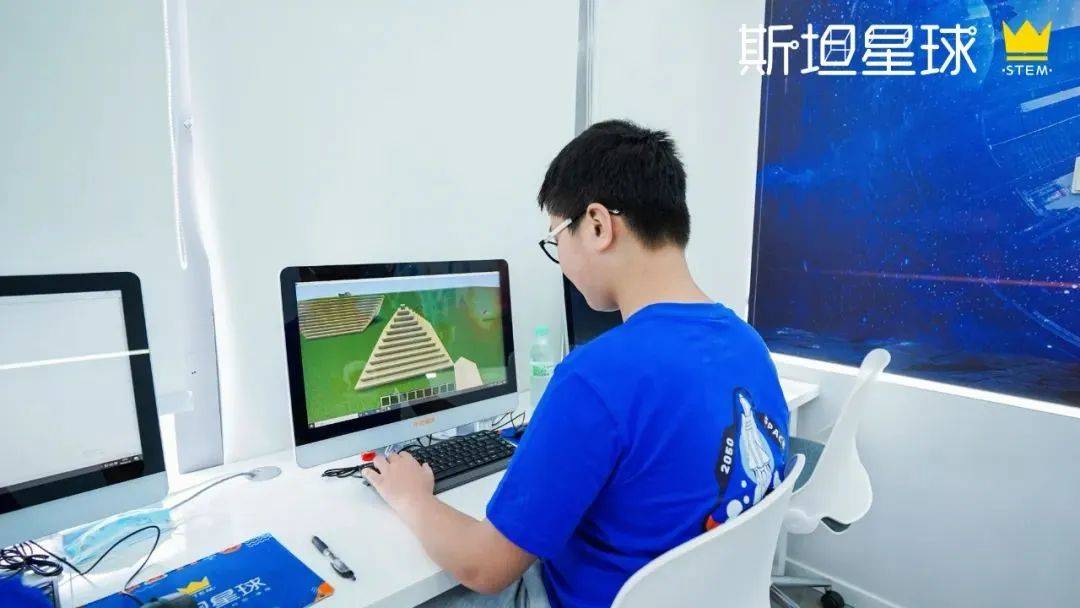
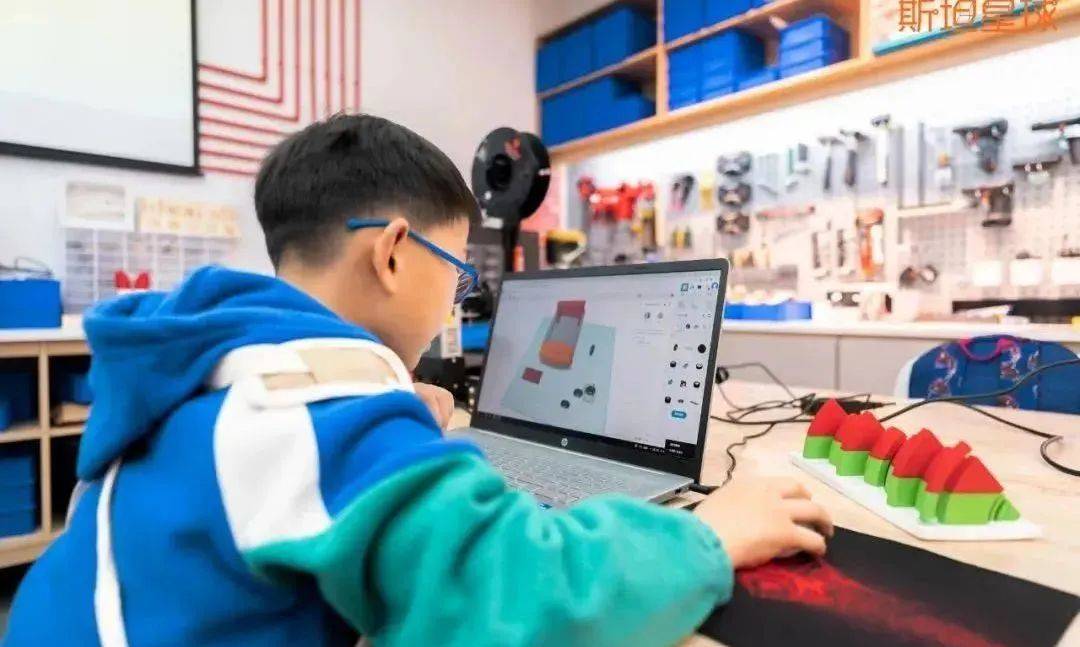

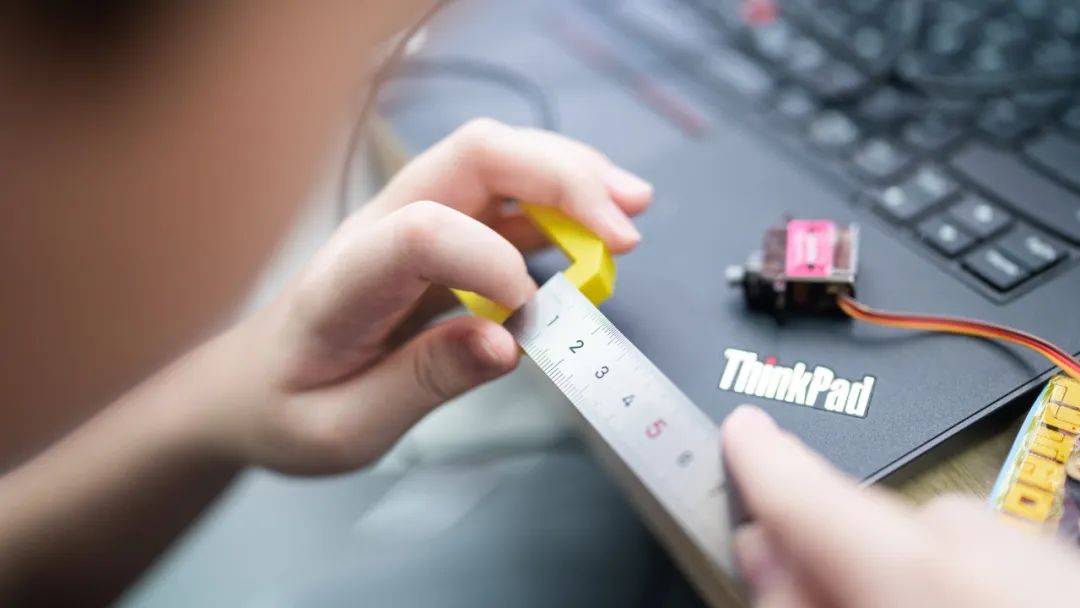
Let’s take a look at some of the cool works from the Python AI course:
expression recognition interactive desk lamp
Children first master and apply Mediapipe facial recognition technology, complete the hardware design and production of smart desk lamps, and then write corresponding Python code to control the turning off of the lights, different colors, different music, different brightness, etc., to create different atmospheres .
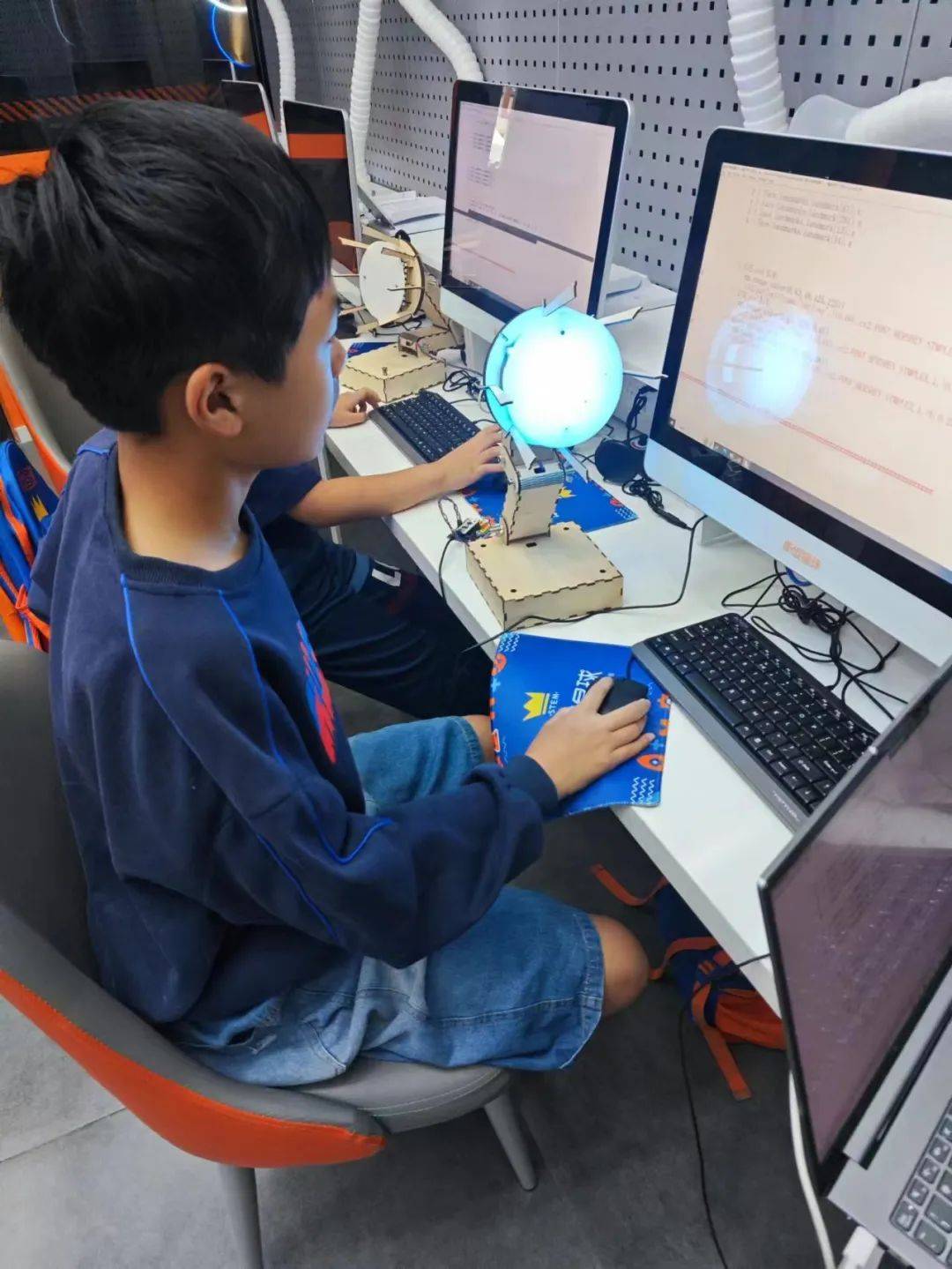
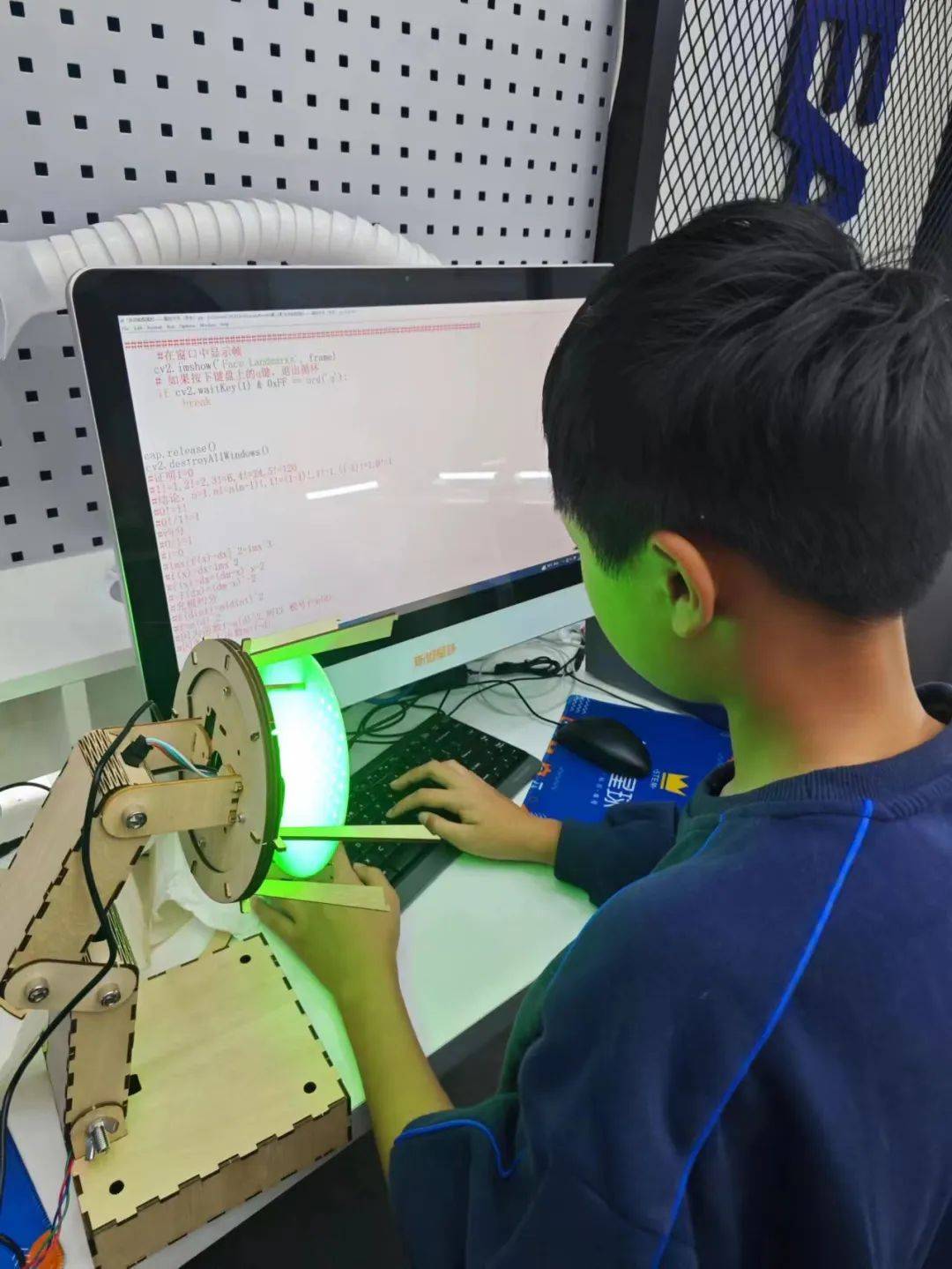
Gesture control manipulator
In this class, children will learn and apply Python syntax to read the 6 postures of the human hand, and map the 6 postures of the human hand onto the robot hand to achieve a cool follow-up function.

Unmanned driving simulation car
It is not easy to make a driverless simulation car! Children must first assemble the smart car, then use the basic principles of PID, Mecanum wheel principle and Python code to set up special path tasks, target following, face tracking and human-computer interaction functions, etc., and finally complete it after a series of operations. Task.
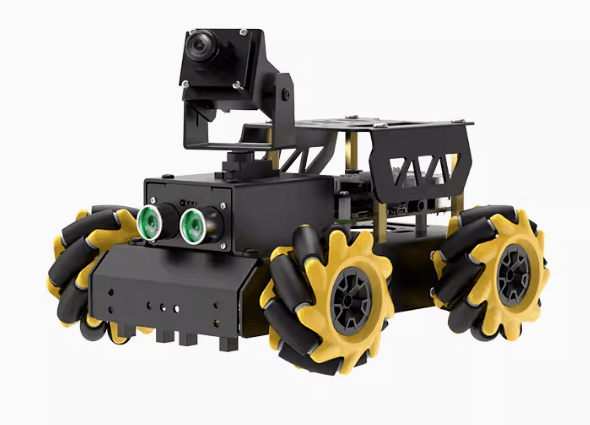
IOT Smart Home
Want to have a super smart home? Python AI Classroom helps you realize it! By driving the hardware with Python language and building the hardware circuit, you can realize smart home functions such as photosensitivity detection, humidity detection, intelligent watering of flowers and fan control, which is so cool.
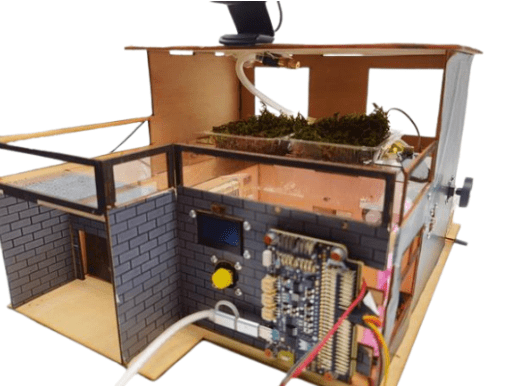
It can be seen that the conceptual principles and application practices of the above-mentioned projects are closely related to our lives, helping children to have a deeper understanding of programming in the actual operation process, and to improve innovation in the process of using artificial intelligence technology thinking!
3. More diverse learning paths, connecting with high-quality events
Traditional programming courses are purely soft programming courses, and the exit is the soft programming competition track, which may not be suitable for all children. After all, each child has different interests.
Stan Planet’s Python AI course integrates Python programming, open source hardware design, artificial intelligence technology principles and other diverse contents to provide children with more development paths.
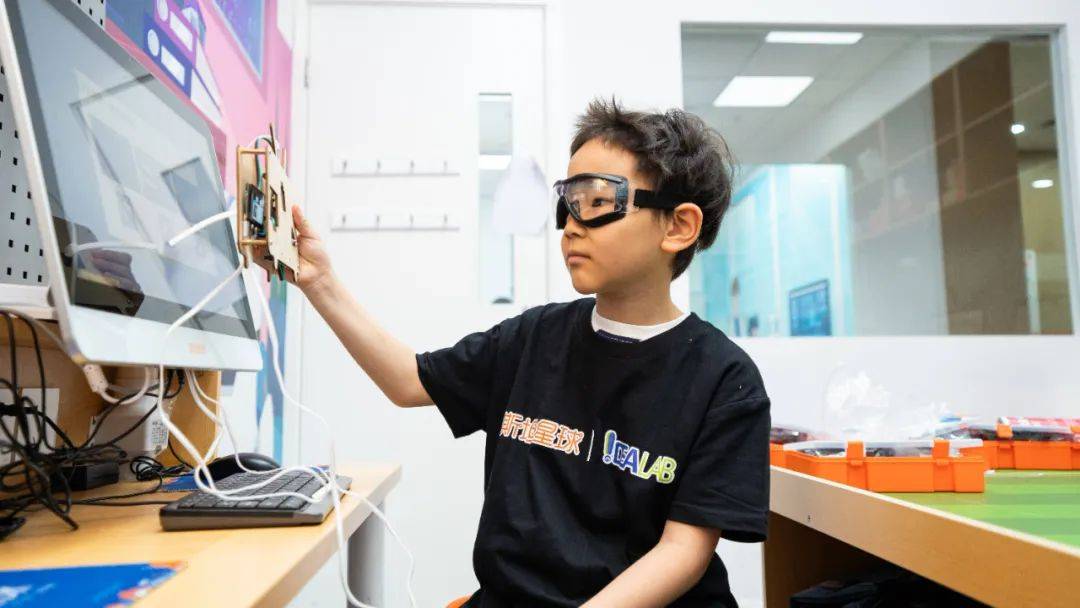
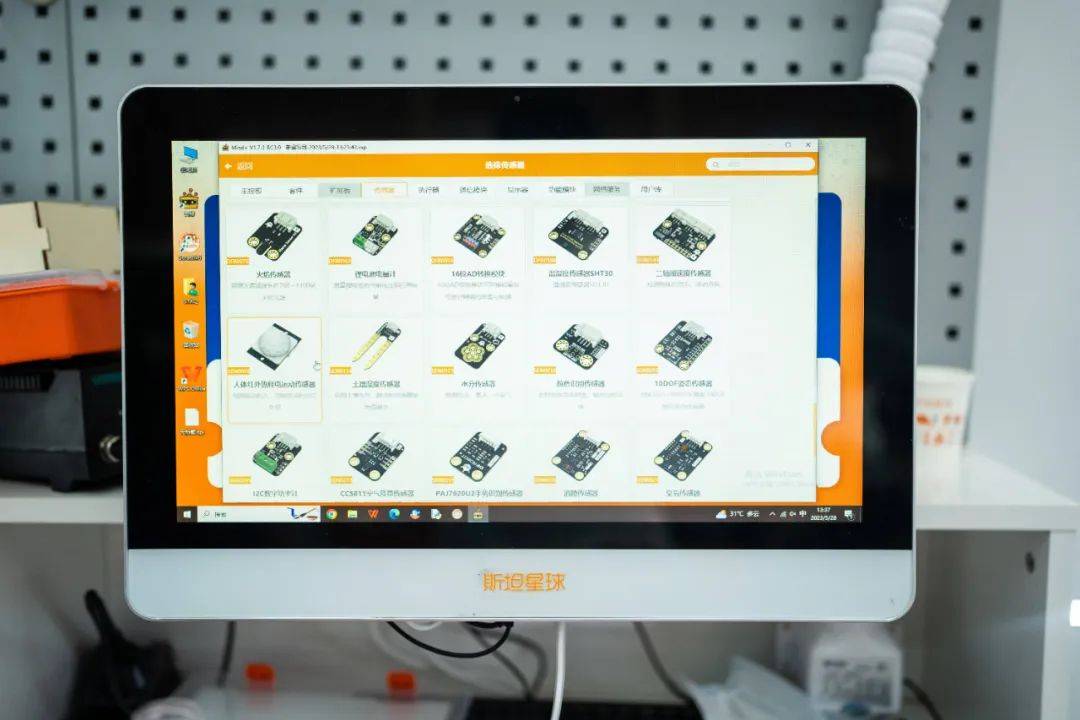
Multi-disciplinary crossover in different fields allows children to establish diverse knowledge links, learn more three-dimensional knowledge and master more comprehensive abilities.
Another very important point is that the child will be more scalable in the future. Whether he wants to develop in the direction of programming, scientific innovation or artificial intelligence, he can make a "silky" transition.
Children can participate in the National Youth Labor Skills and Intelligent Design Competition, Blue Bridge Cup, National Youth Artificial Intelligence Innovation Challenge, etc. to realize more ideas and discover more possibilities!

4. Follow the development trend and cultivate artificial intelligence talents
As the application potential and value of artificial intelligence to society are increasing, intelligent technology is developing more and more rapidly, and the country’s demand for training future talents is also constantly advancing with the times. The artificial intelligence awareness required by future citizens and skills have become objective needs of education.
Stan Planet Python AI course integrates Python programming with artificial intelligence. Children will learn Python syntax and data structure from basic to advanced, and combine it with CodeCombat to intuitively understand algorithms and exercise algorithmic capabilities.
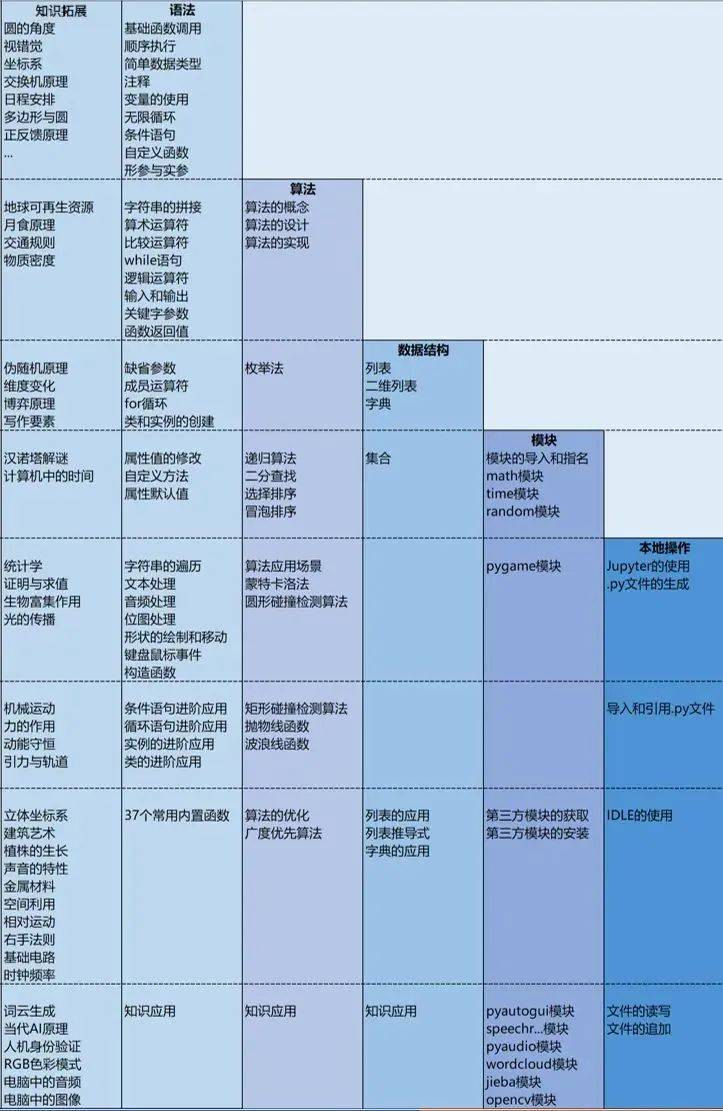
Through many intelligent modules, I will initially try to write artificial intelligence programs, understand and practice the principles of artificial intelligence, and produce artificial intelligence works that focus on scene interaction and human-machine integration in the "real world", and give full play to creativity.
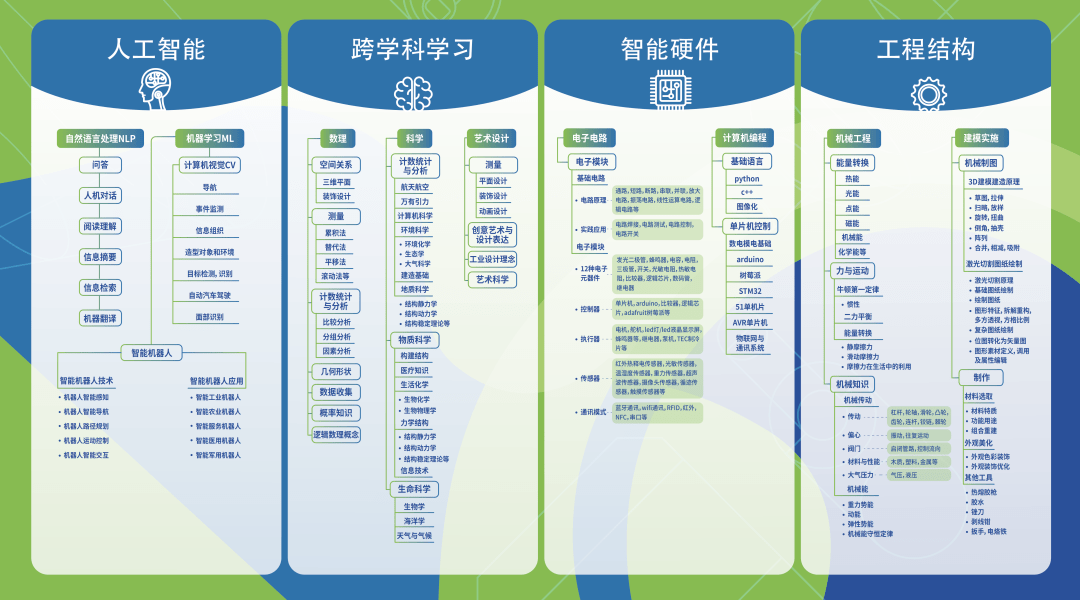 ▲Artificial Intelligence Knowledge Points
▲Artificial Intelligence Knowledge Points
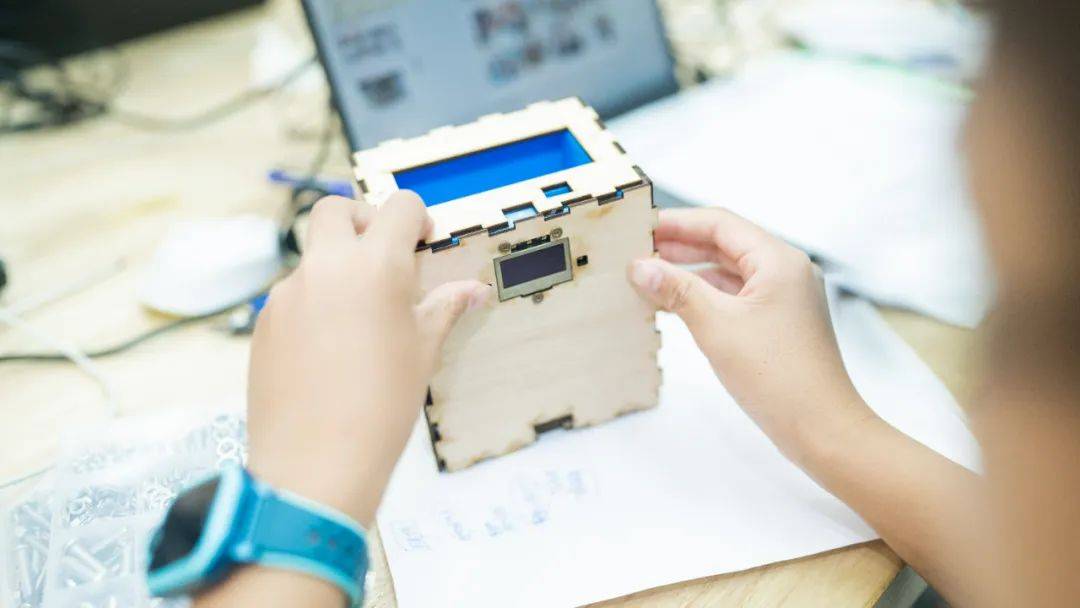
Stan Planet follows the future development trend and hopes to help children develop artificial intelligence research and development and application capabilities through Python AI classes and become competitive future talents!
Artificial Intelligence Python AI course is now online. Do you want to experience the subversive Python course? Come and make an appointment~
The above is the detailed content of 'King Zha' appears! In the era of artificial intelligence, parents must know about this disruptive Python learning!. For more information, please follow other related articles on the PHP Chinese website!

Hot AI Tools

Undresser.AI Undress
AI-powered app for creating realistic nude photos

AI Clothes Remover
Online AI tool for removing clothes from photos.

Undress AI Tool
Undress images for free

Clothoff.io
AI clothes remover

Video Face Swap
Swap faces in any video effortlessly with our completely free AI face swap tool!

Hot Article

Hot Tools

Notepad++7.3.1
Easy-to-use and free code editor

SublimeText3 Chinese version
Chinese version, very easy to use

Zend Studio 13.0.1
Powerful PHP integrated development environment

Dreamweaver CS6
Visual web development tools

SublimeText3 Mac version
God-level code editing software (SublimeText3)

Hot Topics
 1389
1389
 52
52
 Bytedance Cutting launches SVIP super membership: 499 yuan for continuous annual subscription, providing a variety of AI functions
Jun 28, 2024 am 03:51 AM
Bytedance Cutting launches SVIP super membership: 499 yuan for continuous annual subscription, providing a variety of AI functions
Jun 28, 2024 am 03:51 AM
This site reported on June 27 that Jianying is a video editing software developed by FaceMeng Technology, a subsidiary of ByteDance. It relies on the Douyin platform and basically produces short video content for users of the platform. It is compatible with iOS, Android, and Windows. , MacOS and other operating systems. Jianying officially announced the upgrade of its membership system and launched a new SVIP, which includes a variety of AI black technologies, such as intelligent translation, intelligent highlighting, intelligent packaging, digital human synthesis, etc. In terms of price, the monthly fee for clipping SVIP is 79 yuan, the annual fee is 599 yuan (note on this site: equivalent to 49.9 yuan per month), the continuous monthly subscription is 59 yuan per month, and the continuous annual subscription is 499 yuan per year (equivalent to 41.6 yuan per month) . In addition, the cut official also stated that in order to improve the user experience, those who have subscribed to the original VIP
 Context-augmented AI coding assistant using Rag and Sem-Rag
Jun 10, 2024 am 11:08 AM
Context-augmented AI coding assistant using Rag and Sem-Rag
Jun 10, 2024 am 11:08 AM
Improve developer productivity, efficiency, and accuracy by incorporating retrieval-enhanced generation and semantic memory into AI coding assistants. Translated from EnhancingAICodingAssistantswithContextUsingRAGandSEM-RAG, author JanakiramMSV. While basic AI programming assistants are naturally helpful, they often fail to provide the most relevant and correct code suggestions because they rely on a general understanding of the software language and the most common patterns of writing software. The code generated by these coding assistants is suitable for solving the problems they are responsible for solving, but often does not conform to the coding standards, conventions and styles of the individual teams. This often results in suggestions that need to be modified or refined in order for the code to be accepted into the application
 Can fine-tuning really allow LLM to learn new things: introducing new knowledge may make the model produce more hallucinations
Jun 11, 2024 pm 03:57 PM
Can fine-tuning really allow LLM to learn new things: introducing new knowledge may make the model produce more hallucinations
Jun 11, 2024 pm 03:57 PM
Large Language Models (LLMs) are trained on huge text databases, where they acquire large amounts of real-world knowledge. This knowledge is embedded into their parameters and can then be used when needed. The knowledge of these models is "reified" at the end of training. At the end of pre-training, the model actually stops learning. Align or fine-tune the model to learn how to leverage this knowledge and respond more naturally to user questions. But sometimes model knowledge is not enough, and although the model can access external content through RAG, it is considered beneficial to adapt the model to new domains through fine-tuning. This fine-tuning is performed using input from human annotators or other LLM creations, where the model encounters additional real-world knowledge and integrates it
 Seven Cool GenAI & LLM Technical Interview Questions
Jun 07, 2024 am 10:06 AM
Seven Cool GenAI & LLM Technical Interview Questions
Jun 07, 2024 am 10:06 AM
To learn more about AIGC, please visit: 51CTOAI.x Community https://www.51cto.com/aigc/Translator|Jingyan Reviewer|Chonglou is different from the traditional question bank that can be seen everywhere on the Internet. These questions It requires thinking outside the box. Large Language Models (LLMs) are increasingly important in the fields of data science, generative artificial intelligence (GenAI), and artificial intelligence. These complex algorithms enhance human skills and drive efficiency and innovation in many industries, becoming the key for companies to remain competitive. LLM has a wide range of applications. It can be used in fields such as natural language processing, text generation, speech recognition and recommendation systems. By learning from large amounts of data, LLM is able to generate text
 Five schools of machine learning you don't know about
Jun 05, 2024 pm 08:51 PM
Five schools of machine learning you don't know about
Jun 05, 2024 pm 08:51 PM
Machine learning is an important branch of artificial intelligence that gives computers the ability to learn from data and improve their capabilities without being explicitly programmed. Machine learning has a wide range of applications in various fields, from image recognition and natural language processing to recommendation systems and fraud detection, and it is changing the way we live. There are many different methods and theories in the field of machine learning, among which the five most influential methods are called the "Five Schools of Machine Learning". The five major schools are the symbolic school, the connectionist school, the evolutionary school, the Bayesian school and the analogy school. 1. Symbolism, also known as symbolism, emphasizes the use of symbols for logical reasoning and expression of knowledge. This school of thought believes that learning is a process of reverse deduction, through existing
 To provide a new scientific and complex question answering benchmark and evaluation system for large models, UNSW, Argonne, University of Chicago and other institutions jointly launched the SciQAG framework
Jul 25, 2024 am 06:42 AM
To provide a new scientific and complex question answering benchmark and evaluation system for large models, UNSW, Argonne, University of Chicago and other institutions jointly launched the SciQAG framework
Jul 25, 2024 am 06:42 AM
Editor |ScienceAI Question Answering (QA) data set plays a vital role in promoting natural language processing (NLP) research. High-quality QA data sets can not only be used to fine-tune models, but also effectively evaluate the capabilities of large language models (LLM), especially the ability to understand and reason about scientific knowledge. Although there are currently many scientific QA data sets covering medicine, chemistry, biology and other fields, these data sets still have some shortcomings. First, the data form is relatively simple, most of which are multiple-choice questions. They are easy to evaluate, but limit the model's answer selection range and cannot fully test the model's ability to answer scientific questions. In contrast, open-ended Q&A
 SOTA performance, Xiamen multi-modal protein-ligand affinity prediction AI method, combines molecular surface information for the first time
Jul 17, 2024 pm 06:37 PM
SOTA performance, Xiamen multi-modal protein-ligand affinity prediction AI method, combines molecular surface information for the first time
Jul 17, 2024 pm 06:37 PM
Editor | KX In the field of drug research and development, accurately and effectively predicting the binding affinity of proteins and ligands is crucial for drug screening and optimization. However, current studies do not take into account the important role of molecular surface information in protein-ligand interactions. Based on this, researchers from Xiamen University proposed a novel multi-modal feature extraction (MFE) framework, which for the first time combines information on protein surface, 3D structure and sequence, and uses a cross-attention mechanism to compare different modalities. feature alignment. Experimental results demonstrate that this method achieves state-of-the-art performance in predicting protein-ligand binding affinities. Furthermore, ablation studies demonstrate the effectiveness and necessity of protein surface information and multimodal feature alignment within this framework. Related research begins with "S
 SK Hynix will display new AI-related products on August 6: 12-layer HBM3E, 321-high NAND, etc.
Aug 01, 2024 pm 09:40 PM
SK Hynix will display new AI-related products on August 6: 12-layer HBM3E, 321-high NAND, etc.
Aug 01, 2024 pm 09:40 PM
According to news from this site on August 1, SK Hynix released a blog post today (August 1), announcing that it will attend the Global Semiconductor Memory Summit FMS2024 to be held in Santa Clara, California, USA from August 6 to 8, showcasing many new technologies. generation product. Introduction to the Future Memory and Storage Summit (FutureMemoryandStorage), formerly the Flash Memory Summit (FlashMemorySummit) mainly for NAND suppliers, in the context of increasing attention to artificial intelligence technology, this year was renamed the Future Memory and Storage Summit (FutureMemoryandStorage) to invite DRAM and storage vendors and many more players. New product SK hynix launched last year



